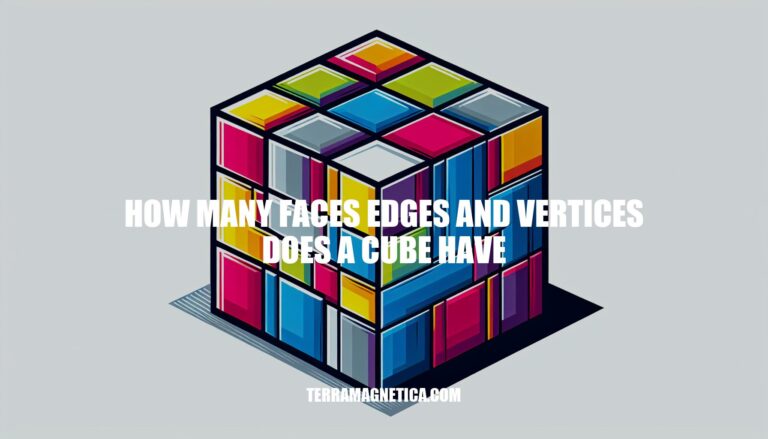


Imagine holding a cube in your hand – a seemingly simple object with a fascinating array of properties waiting to be discovered. Understanding the components of a cube goes beyond its physical appearance; it delves into the intricate world of geometry. One may ask, ‘How many faces, edges, and vertices does a cube have?’ The answer lies in the very essence of its structure, revealing a symphony of six faces, 12 edges, and eight vertices that work in harmony to create a captivating geometric puzzle.
When it comes to understanding the properties of a cube, one of the most fundamental aspects is its composition. A cube, by definition, is a three-dimensional object with edges of equal length. But what does this mean in terms of faces, edges, and vertices?
Let’s start by exploring the concept of faces. A cube has six distinct faces, which are essentially flat surfaces that we can see on each side. Imagine taking a dice or a Rubik’s Cube and tracing your finger around its sides – you’ll be following the lines where two faces meet.
Each face is essentially a square, with equal lengths along all four sides.
Now, let’s talk about edges. A cube has 12 edges, which are the lines that connect each face to another. Think of it like this: when you’re tracing your finger around the sides of a dice or a Rubik’s Cube, you’re following these edges.
They’re what give the cube its shape and structure.
Finally, let’s look at vertices. A cube has eight vertices, which are essentially the points where the corners meet. When you touch a corner of a dice, that’s a vertex.
It’s where three edges come together to form a single point.
So, to recap, a cube has six faces, 12 edges, and eight vertices. These properties work together to create a unique shape that we can manipulate and explore in various ways. Whether you’re solving a Rubik’s Cube or simply appreciating the beauty of a dice, understanding these fundamental properties is key to unlocking its secrets.
Understanding the Properties of a Cube
In unraveling the mysteries of a cube, we have embarked on a journey through its fundamental properties. The six faces, 12 edges, and eight vertices coalesce to form a shape that transcends mere dimensions, offering a glimpse into the beauty and complexity of geometrical principles. Whether pondering the symmetry of its faces, tracing the lines of its edges, or marveling at the convergence of vertices, the cube stands as a testament to the elegance of mathematical precision.
So the next time you hold a cube in your hand, take a moment to appreciate the symmetrical dance of its components and the mathematical wonder it embodies.